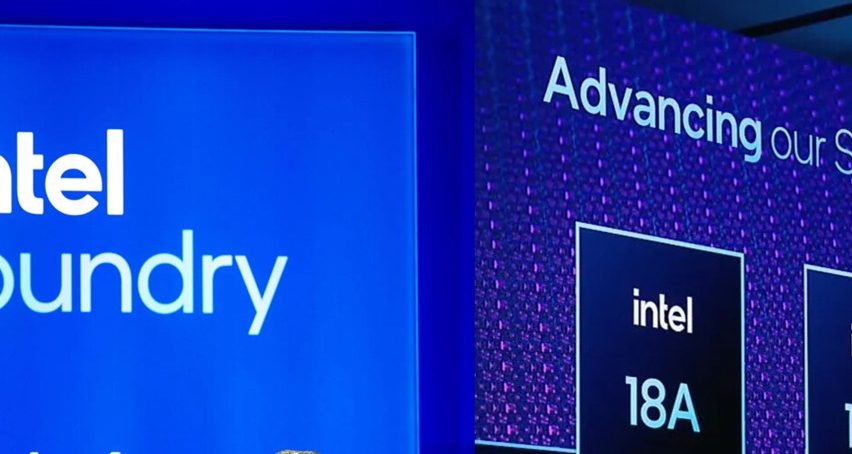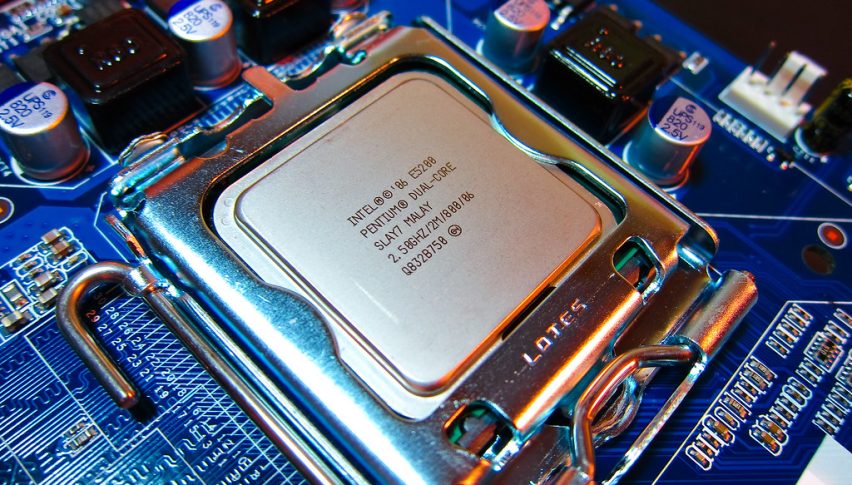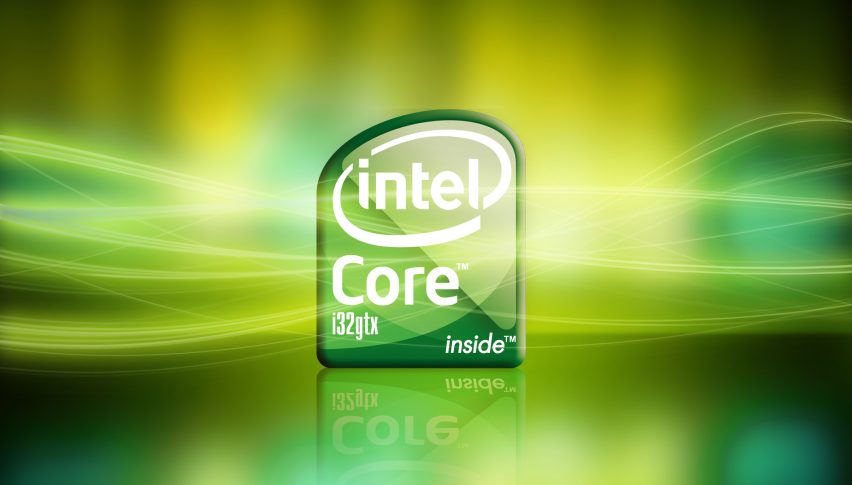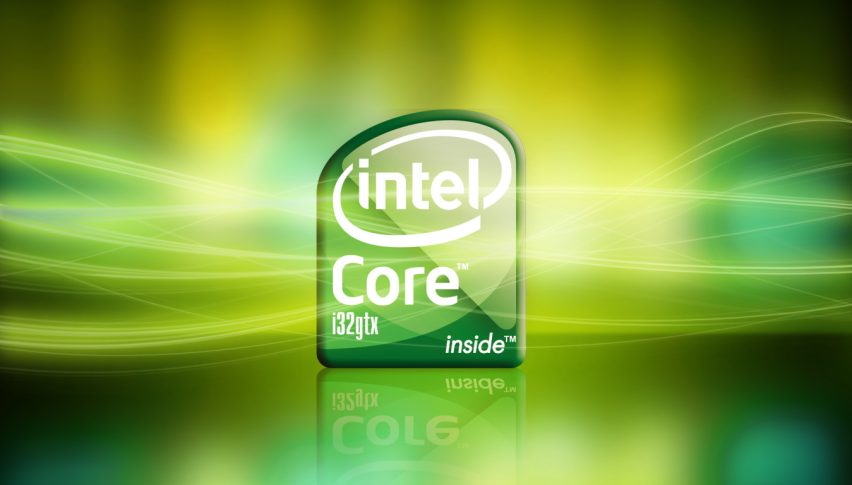Intel’s Rollercoaster: INTC Stock Fall Amid CEO’s Pivot to 14A Chip from 18A
Intel stock reversed gains in volatile trading as the company's new CEO weighs a major strategic shift in chip manufacturing.

Quick overview
- Intel stock experienced a volatile trading session, reversing gains as uncertainty looms over its future in semiconductor manufacturing.
- The company's new CEO, Lip-Bu Tan, is considering a significant shift in its manufacturing strategy, potentially moving focus from the delayed 18A technology to the next-generation 14A.
- Investors are concerned that this pivot may signal ongoing execution challenges and complicate relationships with potential foundry customers.
- Technical indicators suggest further downside for Intel's stock, with key support around $18.50 attracting attention from long-term investors.
Intel stock reversed gains in volatile trading as the company’s new CEO weighs a major strategic shift in chip manufacturing.
Intel Stock Stumbles After Brief Rebound
Intel Corporation (NASDAQ: INTC) experienced a sharp two-day swing that reflected renewed uncertainty about its future in the semiconductor manufacturing race. The stock initially rose on market enthusiasm but quickly gave up gains as investors digested reports of a potential strategic pivot under new CEO Lip-Bu Tan.
Intel’s recent rebound proved short-lived. After opening today with a slight bearish gap below yesterday’s close of $22.85, shares fell back below $22 to end the session at $21.88. This price action underscores persistent selling pressure, with resistance from technical indicators such as the 100-day simple moving average (red line) pushing the stock lower.
For now, the downtrend remains intact, with traders eyeing key support around $18.50—a level that has previously attracted buyers and could offer a solid entry point if the decline extends.
CEO Eyes Major Shift in Manufacturing Strategy
Driving the market’s reassessment is news that Intel’s new leadership is actively considering a significant adjustment to its foundry roadmap. While rival Taiwan Semiconductor Manufacturing Co. (TSMC) remains on schedule with its N2 process technology, Intel’s flagship 18A fabrication node is facing delays and technical hurdles.
Reports suggest CEO Lip-Bu Tan is exploring a pivot away from pushing 18A aggressively and toward focusing on developing the next-generation 14A technology. Such a move aims to sharpen Intel’s competitiveness in attracting high-profile customers like Nvidia and Apple, who have historically favored TSMC’s cutting-edge nodes. However, it also risks writing off billions of dollars in sunk R&D costs, raising tough questions about Intel’s ability to regain its manufacturing leadership.
Balancing Risk and Reward in the Foundry Race
Intel’s foundry strategy has been at the center of its turnaround narrative. The company has invested heavily in reclaiming process leadership after years of falling behind TSMC. Shifting resources to 14A may be a pragmatic admission that 18A has fallen too far behind to compete effectively in the next few years.
Still, investors worry that such a pivot signals ongoing execution challenges and could further complicate Intel’s relationships with potential foundry customers seeking reliability and clarity in technology roadmaps. Balancing these risks with the longer-term promise of advanced nodes remains a critical test for the new CEO’s leadership.
Technical View and Market Outlook
From a technical perspective, Intel’s chart is flashing caution. After failing to hold above the $22.85 level, the stock is showing a pattern of lower highs and ongoing resistance from its key moving averages. For now, momentum suggests further downside is likely.
However, investors with a long-term horizon may see opportunity near the $18.50 support area—a level that has repeatedly attracted bargain-hunters in prior downturns. With Intel at an inflection point, buyers will be weighing near-term volatility against the possibility of a credible turnaround under new management.
Conclusion: Intel’s latest pullback reflects investor anxiety over the company’s evolving manufacturing strategy and the massive challenges of competing with TSMC. While the path ahead is fraught with technical and financial risks, the outcome of this strategic rethink will shape Intel’s role in the global semiconductor landscape for years to come. Investors will be watching closely as the new CEO attempts to navigate this high-stakes transition and restore confidence in the company’s foundry ambitions.
- Check out our free forex signals
- Follow the top economic events on FX Leaders economic calendar
- Trade better, discover more Forex Trading Strategies
- Open a FREE Trading Account



